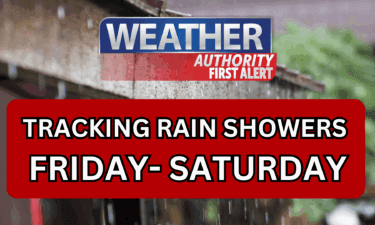Yuma County Fuels U.S. Winter Produce Supply, Adopts New Ag Technology
Yuma County is the United States winter vegetable hub, supplying lettuce, leafy greens, broccoli and other produce during the fall to spring production window when other domestic growing regions slow down. Local growers, processors and public leaders are investing in ag technology, broadband and water management to protect jobs and keep supply chains stable for consumers nationwide.
Listen to Article
Click play to generate audio

Yuma County’s farms play an outsized role in the national food system every winter. With a climate suited to cool season crops and irrigation drawn from the Colorado River, the county’s large acreage supports a production window from fall to spring that supplies grocery stores and processors across the United States when other domestic production scales down.
That seasonal output underpins the local economy. Agriculture drives employment, field processing and transportation services across the county, and a robust seasonal workforce helps meet the labor needs of harvest and packing operations. The economic ripple extends beyond farms to local trucking, cold storage and processing plants that move product to markets nationwide.
Local and regional actors are responding to both opportunity and risk. Recent initiatives aim to improve productivity through connectivity, precision irrigation, drones and data services. Ag technology testbeds, broadband rollouts to farms and pilot projects have moved from concept to implementation as growers and local leaders seek to boost yields, conserve water and modernize operations. These efforts are intended to raise efficiency and to reduce vulnerability to labor shortages and climatic variability.
The market implications are significant. Because Yuma supplies produce during months when other U.S. regions produce less, the county contributes to national price stability and seasonal availability of key vegetables. At the same time, that concentration creates exposure to shocks. Constraints on Colorado River water, shifts in labor policy or disruptions in cross border trade could quickly affect shipments and local employment. Managing water and labor risks will therefore remain central to preserving both local livelihoods and steady supplies to consumers.
Policy choices will shape long term trends in Yuma agriculture. Investments in broadband and ag technology can accelerate adoption of precision irrigation and remote sensing, potentially reducing water use and raising output per acre. Workforce programs that combine training with technological adoption can help the seasonal labor pool transition into higher skilled roles in monitoring, equipment maintenance and data management. Cross border relationships and trade policies also matter because many aspects of the seasonal labor market and supply chain extend beyond county and state lines.
For Yuma County residents the immediate stakes are clear. Sustaining the winter production window supports jobs and local businesses, while targeted infrastructure and workforce policies can strengthen resilience. As growers, local governments and industry partners scale pilots into broader practices, the county’s role as a critical supplier of winter vegetables will continue to shape community economic fortunes and influence produce markets nationwide.


